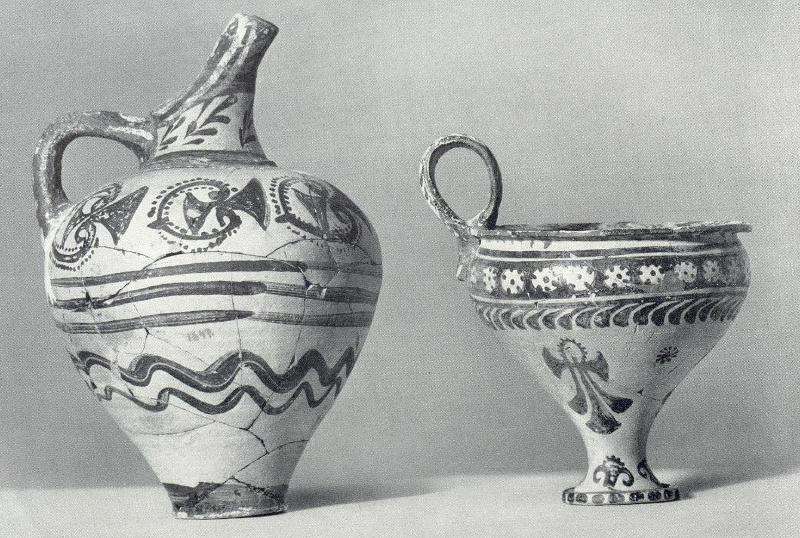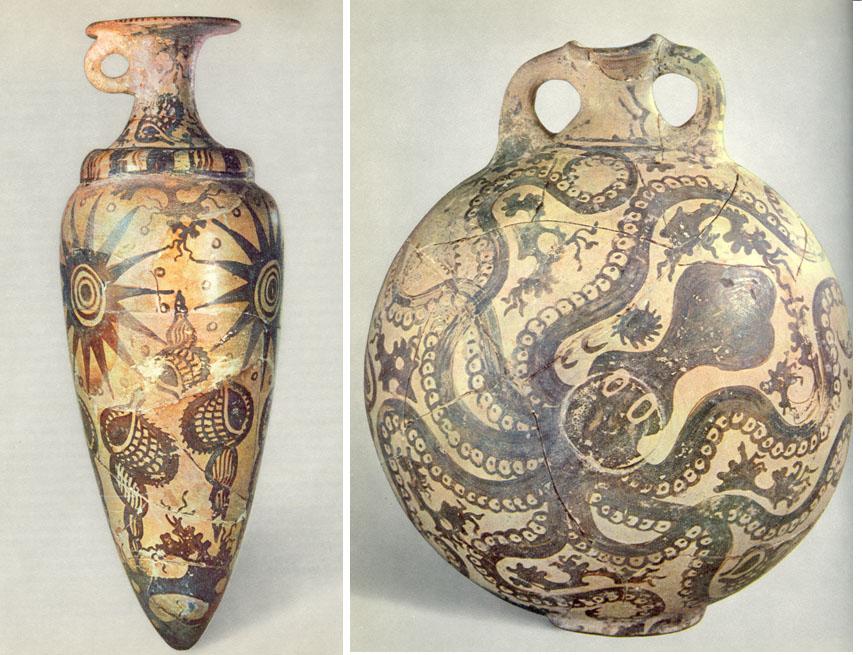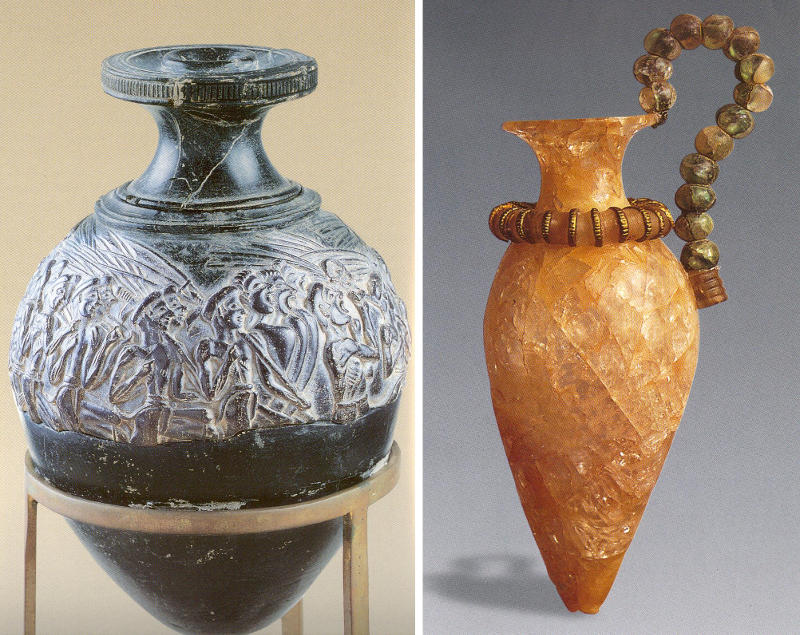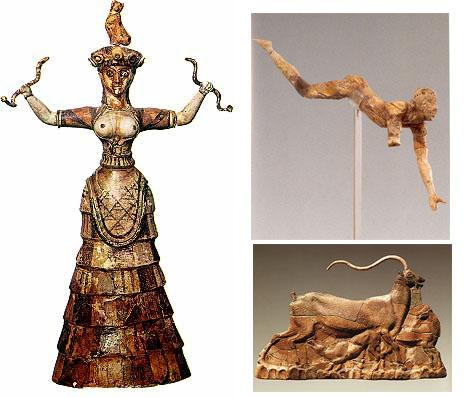| HOME | | | FLORENCE | | | ROME | | | CRETE | | | EDUCATIONAL |
Crete in Neopalatial period (middle Minoan IIIB-late Minoan I, 1700-1450c.)
|
After an impressive sequence of earthquakes occurring in at least a part of the island and internal struggles, either contemporary or following the earthquakes, the whole political and economic Cretan system active during the Protopalatial period (for historical notes on this period visit MUSINT) dissolved, with the disappearance of the palatial centers. During the next century palaces were rebuilt but only one, the Knossos palace, gained a superiority; gradually the features of a new political and social structure, that opened the most relevant period of the existence of Crete, grew. The palace of Knossos becomes wider than the others - in particular the well known Phaistos, Mallia and Zakros - although the model is unique with only differences in the dimensions (fig. 1). |
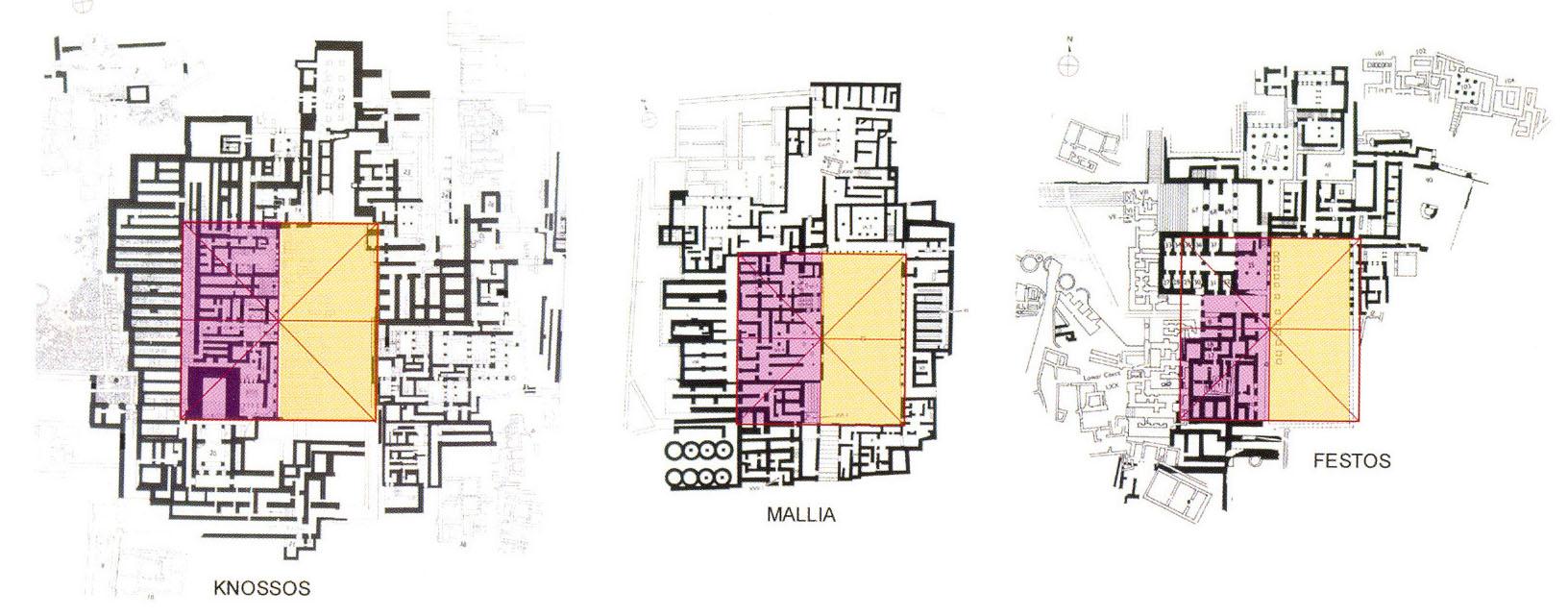 Fig. 1 - Map of the Knossos, Mallia and Festos palaces |
||||
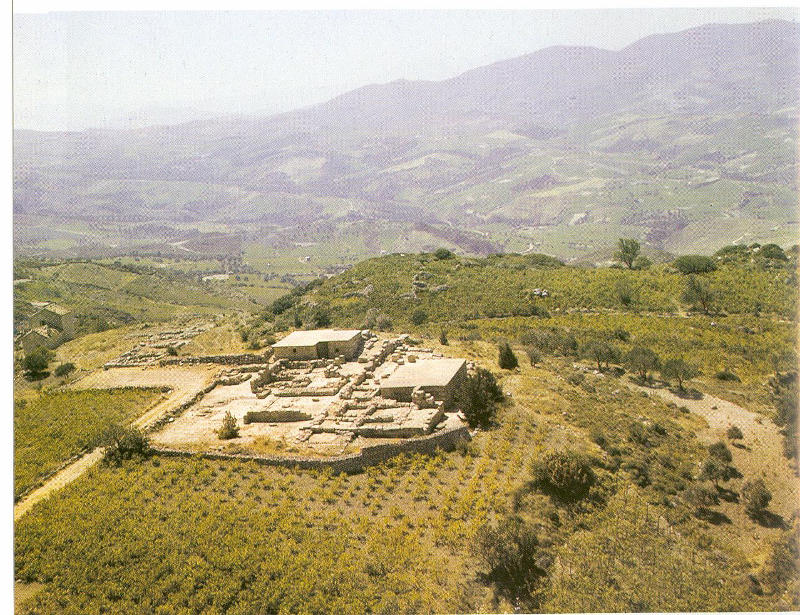 Fig. 2 - The rural villa of Vathypetro |
The most striking novelty in the administrative organization is the "great residences system", formed by a series of small palaces, rich urban houses, royal villas, isolated rural villas (the rural villa of Vathypetro: fig. 2), where personages of the highest social level and in relation, at least in part, with the "king" of Knossos, settled. |
||||
|
Linear A writing spreads around - while Hieroglyphic is not attested anymore - and becomes the writing system of the Knossian bureaucracy, through a documentary evidence found in all the major centers of the island (fig. 3 da sostituire). The development of the economic activity leads to an increased standardization of the handicrafts and over all to a progressive use of metal objects. The palatial workshops tend to realize prestige artefacts and luxury items which give an evidence at the same time of the wealth of the period and of the growing importance of the religious rituals. The most important artefacts – frescoes, glyptic, pottery, stone / metal / ivory vessels, various figures and figurines – demonstrate a fully dominated technique. |
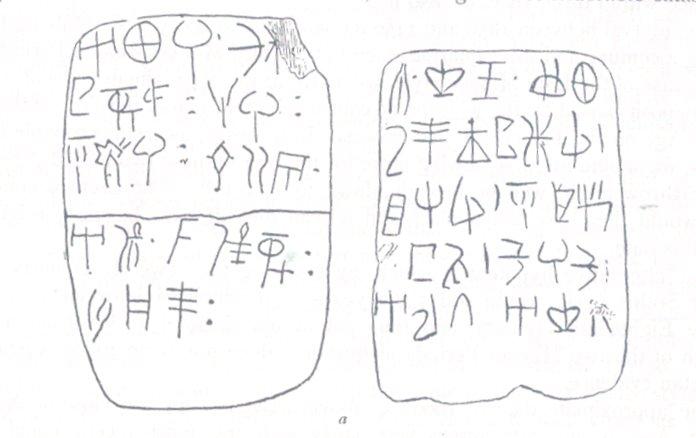 Fig. 3 - Representation of some documents |
||||
 Fig. 4 - Salto sul toro, la Parisienne, affresco dei gigli, gli uccelli blu |
Frescoes, decorating the walls of all the great Minoan residences, are frequently reminiscent of rituals, but represent also naturalistic scenes where birds, monkeys and human personages are placed in an ideal landscape with flowers, rocks, springs (fig. 4: the processional fresco, the bull-leaping scene, the Parisiennne, the fresco of lilies, the blue birds). Two different typologies of frescoes can be distinguished: the "large frescoes" and the "miniature frescoes" (frequently above the windows and not higher than 40 cm). |
||||
| The iconography of the frescoes is transposed on carved vases and in the glyptic: the latter is actually one of the main iconographic sources to study Minoan religion. Processional scenes, in front of sanctuaries and altars, animal sacrifices, epiphanies of gods, are frequent on seals, and mainly on ring-seals. Seals are mostly in semiprecious hard stone (agate, ematite, azurite, chalcedony, jasper, amethyst) and metal, mainly gold (fig. 5). In the Florentine collection we find a group of seals, going from the end of AM to the end of LM, and a group of nodules (small clay pieces) with the imprint of a seal on one face and a linear A script symbol on another, coming from Haghia Triada, the latter group representing a quite interesting element to reconstruct the tools of the Minoan palatial administration of the period. |
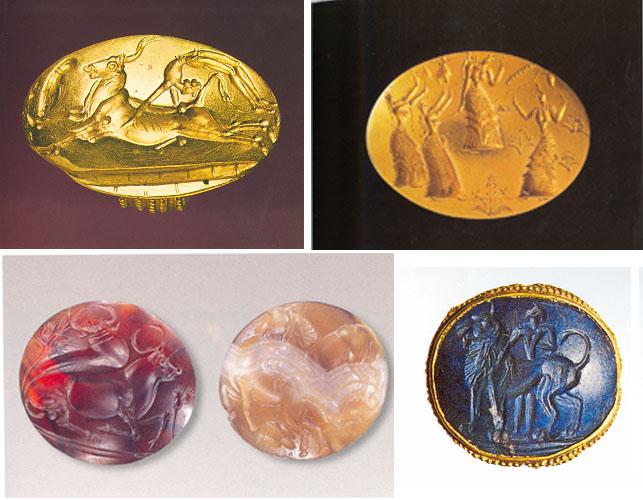 Fig. 5 - Seals with various scenes on the face |
||||
|
Pottery is mainly represented by two styles: in LM IA by the "floral style", with rosettes, spirals, vegetal motifs and sacred symbols (fig. 6) and in TM IB the "marine style" (fig. 7). Also the art of stone, marble and ivory vessels reaches a perfection without equal (fig. 8). We have no examples of large statuary while the manufacture of small statuettes, mainly terracotta and bronze figurines, as the acrobats and the "snake goddesses", and small plaques of faiences with animal figures of exquisite workmanship are typical of the period (fig. 9). |
||||
|
The economy of Crete is mainly based, like in previous periods, on agriculture and breeding, but all the craft activities - weaving, metallurgy, perfumes -, which also spread out in the island, require the import of raw materials. It is likely that trade with external regions was under the royal control but we are unable to situate the merchant figure, possibly partly independent of the palace according to the contemporaneous Near Eastern model. The relations with Anatolia, Cyprus, Syria and Egypt become consistent, and in particular the Egyptian representations and the noun Keftiu certainly referring to Crete in Egyptian Hieroglyphic sources give a picture of the participation of the island to the trade exchanges with all the eastern Mediterranean. Reference is even made to the "Minoan thalassocracy" (so called by Herodotus and Thucydides) with the meaning of a trade supremacy over the sea by Cretans. Between Late Minoan IA and IB changes can be noted that seem to point to a progressive separation of several Cretan centers from Knossos, with attempts of independence, attested both by a series of fortifications in several sites and by a more efficient decentralized agricultural system: such a regional administrative system could correspond to a new territorial and political organization. The drive for these changes could be interpreted as a consequence of the Santorini volcano eruption – we recall that the Akrotiri site remained intact, buried under volcanic tephra, allowing to recover both the structure of the built-up area and the wonderful frescoes of the various buildings (figs. 10-11: the West House with the sailing fresco) – that could have weakened the Minoan fleet, mainly in the hands of Knossos, facilitating the progressive autonomy of the other centers. During the first half of the XV century (conventionally 1450 BC) all the Minoan sites with an administrative center (palaces, villas, rural entities, etc.) are destroyed, with the exception of the Knossos palace. The most likely hypothesis considers the rise to power in the island by the Mycenaeans coming from the continental area - we recall the possible weakening of the Minoan fleet and the reduction of the radius of action of Knossos during LM IB. A new age begins in Crete which has been named Monopalatial (see historical notice in MUSINT). |
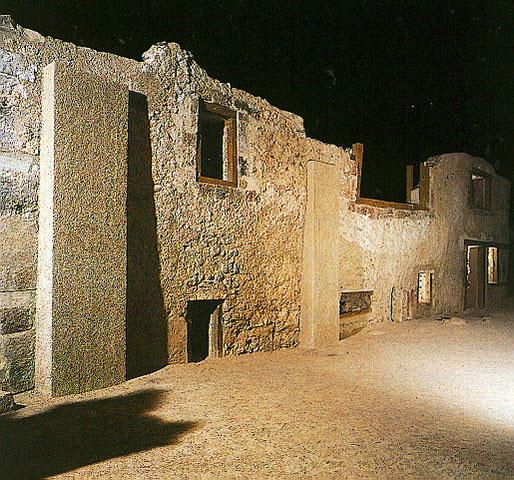 Fig. 10 - The West House 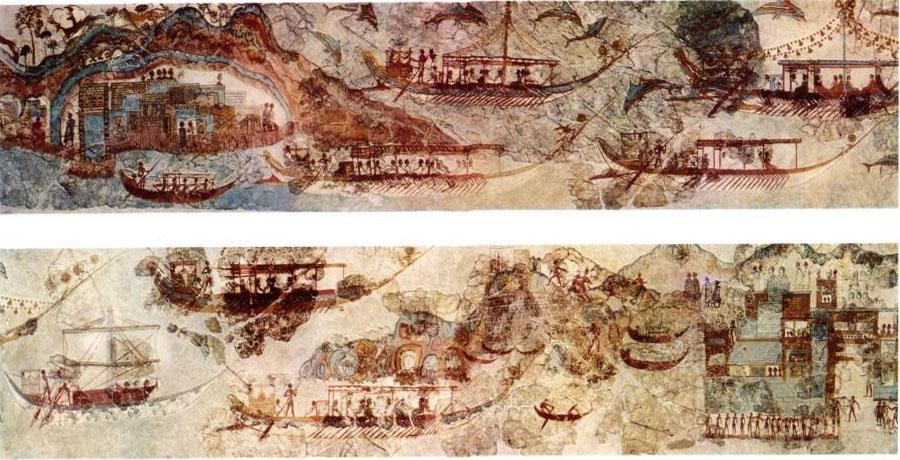 Fig. 11 - The sailing frescos |
